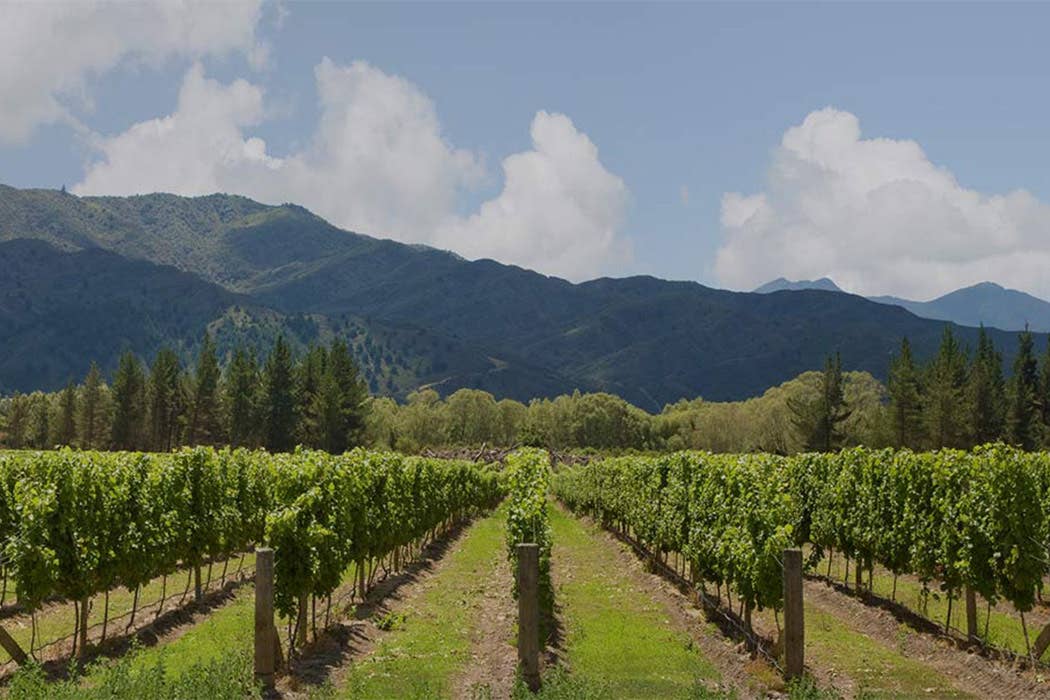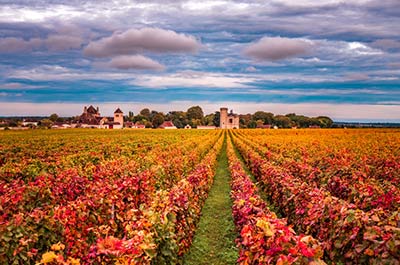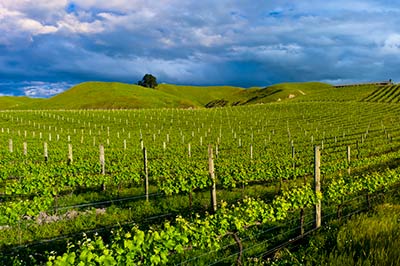Pinot Noir history

Pinot Noir is a very old variety of wine, thought to have been grown and enjoyed by the Gauls in 500 BC. It was first recorded in a document dated 1395 written by Philip the Bold; 1st of the Valois Dukes of Burgundy.
Philip the Bold was a great lover of Burgundy wines made from Pinot Noir grapes and expressed great distaste for the Gamay grape (the grape of the Beaujolais region and wines). He described it as “vile and obnoxious” and ordered all Gamay grape vines in Burgundy to be removed so more Pinot Noir could be planted!
Worldwide spread of Pinot Noir plantings

The origin of Pinot Noir begins in the Burgundy region of France, particularly the Cote-d’Or. Pinot Noir grapes are also one of the main components of the sparkling wine, Champagne, from the Champagne region of France. This region has had the largest increase in planting of Pinot Noir in recent years. Like most wine grapes, Pinot Noir is part of the species Vitis Viniferia. The juice is clear - the wine is coloured by the skins coming into contact with the fermenting juice.Since the early 16th Century, Pinot Noir has been grown in the Loire valley and Alsace regions of France, as well as Germany, Austria, Switzerland, Italy, Serbia, Czechoslovakia, Bulgaria, Georgia, Moldova and Kazakhstan. However, the growth in the “New World” countries of the USA, Australia, South Africa, Chile, Argentina and New Zealand has shown the amazing depth of this grape. Especially when planted in Cooler regions in limestone-based soils.
Pinot Noir in New Zealand

Pinot Noir grapes were first planted in Hawkes Bay, New Zealand in 1889 at the Mission Vineyards and subsequently in the Wairarapa by William Beetham. It wasn’t until the 1970’s that there was a resurgence of interest in the Pinot Noir grape. Nick Nobilo of Nobilo wines produced New Zealand’s first commercial Pinot Noir of the modern era in 1973. Plantings in Canterbury followed and then Wairarapa. Around this time a new clone named Abel became available.
Introducing Malcolm Abel
Malcolm Abel was a Customs Officer at Auckland Airport. One day, he discovered a grape vine cutting inside the gumboot of a returning passenger.
Curious, he questioned the passenger and was told the cutting had been taken in secret from the legendary La Tache Vineyard in Domaine Romanee Conti.
This got Abel’s attention!
Abel was in the process of establishing a vineyard in Kumeu, North of Auckland and he saw the value in keeping the cutting. So, rather than destroy it, he confiscated it, saw it through the correct quarantine process and planted it in his vineyard.

Martinborough got Pinot Noir on the map
The small Wairarapa town of Martinborough became the centre of Pinot Noir plantings in the late 1970’s. Most vineyards were planting the clone 10/5, but Clive Paton (of the Ata Rangi Winery) was the first to commercially plant the Abel clone.
Martinborough became a hotspot for Pinot Noir winemaking with vineyards owned by Larry McKenna, Ata Rangi and Dry River wineries. Within 10 years they were joined by Palliser Estate, Nga Waka Vineyard and Voss Estate.
The 1990s to date
Plantings of Pinot Noir grew at pace at vineywards in Central Otago. Anne Pinckney, Alan Brady of Gibbston Valley, Rolf and Lois Mills of Rippon, Bill Grant of William Hill and Sue and Verdun Edwards of Black Ridge Wines led the charge.
The 1990’s saw a massive increase in Pinot Noir planting. In 1989 there were just 141 hectares of Pinot Noir. By the year 2000, there were 2000.
A large percentage of this growth was in Gisborne and Marlborough where there was demand for the grapes to be used for sparkling wines.
However, each vintage of still red Pinot Noir has risen in quality, driving ever greater demand for the still red variety we all know and love.

From small beginnings to worldwide acclaim
Pinot Noir has come of age in New Zealand. Significant advances in the way the vines are grown has allowed growers to craft genuinely premium-quality wine famous around the world.
Take a look at the Pinot Noirs that won at the New Zealand Wine Awards.
In fact, it is now the second most planted grape variety behind Sauvignon Blanc - no mean feat considering the popularity of a chilled glass of ‘Sav’.